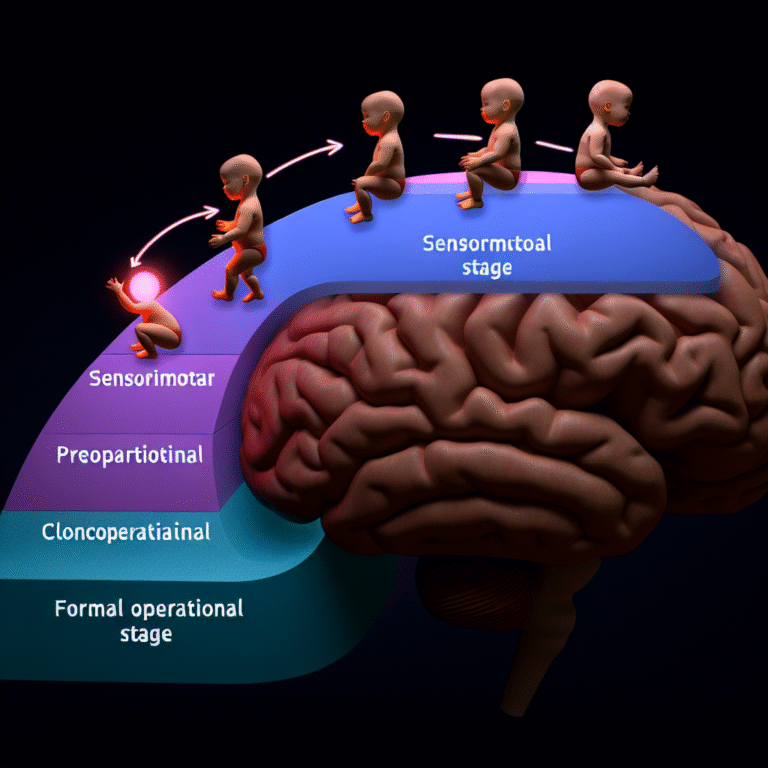
Two Schools of Thought: Classical vs. Operant Conditioning in Psychology – The Ultimate Guide to Behavioral Learning
Introduction
In the vast landscape of psychology, understanding how we learn and adapt has always been crucial. Two foundational theories in this realm, classical conditioning and operant conditioning, offer potent insights into how behavior can be shaped and modified. Delving into the two schools of thought: classical vs. operant conditioning in psychology unveils a rich dialogue on the mechanisms of learning that have profound implications not only in psychology but also in education, therapy, and everyday life. This article explores these theories, their applications, and the differences that make them unique, providing readers with a comprehensive and engaging overview.
Overview of Classical Conditioning
What is Classical Conditioning?
Classical conditioning, pioneered by Ivan Pavlov, is a learning process that occurs through associations between an environmental stimulus and a naturally occurring stimulus. Pavlov’s famous experiment with dogs illustrates this perfectly: when he rang a bell before feeding the dogs, they began to salivate at the sound of the bell alone, anticipating food.
Key Components of Classical Conditioning
| Component | Description |
|---|---|
| Unconditioned Stimulus (UCS) | A stimulus that naturally evokes a response (e.g., food). |
| Unconditioned Response (UCR) | An automatic response to the unconditioned stimulus (e.g., salivation). |
| Conditioned Stimulus (CS) | A previously neutral stimulus that, after association, evokes a response (e.g., the bell). |
| Conditioned Response (CR) | The learned response to the conditioned stimulus (e.g., salivation to the bell). |
Real-World Applications of Classical Conditioning
Case Study: Advertising
Classical conditioning principles are employed extensively in advertising. Brands often pair their products (CS) with appealing images or music (UCS) that evoke positive emotions. This association leads consumers to develop a favorable response toward the product (CR).
Analysis: This case study demonstrates the persuasive power of classical conditioning in consumer behavior, highlighting its relevance beyond traditional psychology into marketing.
Overview of Operant Conditioning
What is Operant Conditioning?
Operant conditioning, developed by B.F. Skinner, focuses on how behaviors are influenced by their consequences. Unlike classical conditioning, which deals with involuntary responses, operant conditioning involves voluntary behaviors shaped through rewards or punishments.
Key Components of Operant Conditioning
| Component | Description |
|---|---|
| Reinforcement | Any event that strengthens a behavior (positive or negative). |
| Punishment | Any event that weakens a behavior (positive or negative). |
| Schedule of Reinforcement | The timing and frequency of reinforcement or punishment (continuous or partial). |
Real-World Applications of Operant Conditioning
Case Study: Education
In the classroom, teachers often use operant conditioning techniques to reinforce good behavior. For instance, a teacher may reward students with stickers (positive reinforcement) for completing their homework, thereby increasing the likelihood of that behavior in the future.
Analysis: This case study underscores the effectiveness of operant conditioning in educational settings, promoting positive behaviors and academic success.
Comparing the Two Schools of Thought
Fundamental Differences
| Aspect | Classical Conditioning | Operant Conditioning |
|---|---|---|
| Nature of Response | Involuntary (reflexive) | Voluntary (intentional) |
| Learning Mechanism | Association-based | Consequence-based |
| Focus | Stimulus-response relationship | Behavior-consequence relationship |
| Example | Salivating dogs | Rewarding students for good grades |
Strengths and Limitations
Classical Conditioning:
- Strengths: Effective in phobia treatments and behavioral therapies.
- Limitations: Limited to involuntary behaviors and does not account for complex human behaviors.
- Operant Conditioning:
- Strengths: Versatile in applications ranging from education to animal training.
- Limitations: May lead to undesirable behaviors if not applied correctly (e.g., over-reliance on punishment).
Integrating Classical and Operant Conditioning
Psychology today embraces a more holistic view, integrating principles from both schools of thought. Understanding how classical and operant conditioning can work together allows for more comprehensive behavioral interventions and learning strategies.
Case Study: Behavior Modification in Therapy
In cognitive-behavioral therapy (CBT), therapists often employ both classical and operant conditioning techniques. For example, a therapist might use exposure therapy (classical conditioning) paired with positive reinforcement (operant conditioning) to help a client overcome a phobia.
Analysis: This integration highlights the importance of combining different approaches to address complex behaviors effectively.
Implications in Everyday Life
Parenting
Parents often instinctively use both classical and operant conditioning techniques. Celebrating small victories and responding to behaviors with consequences can teach children right from wrong, promoting positive development.
Workplace
In corporate training and development, operant conditioning principles guide employee motivation strategies. Reward programs and performance evaluations can enhance workplace productivity and morale.
Conclusion
The exploration of the two schools of thought: classical vs. operant conditioning in psychology reveals how foundational these theories are to understanding behavior. Whether you’re raising children, training animals, or managing a workforce, the principles of these conditioning types provide invaluable tools for shaping behavior effectively. By integrating insights from both schools, practitioners can implement more effective strategies tailored to the specific needs of individuals or groups.
Reflecting on these theories, one can appreciate the intricate dance of learning and behavior modification that governs our interactions with the world. As you move forward, consider how these principles might influence your understanding of behavior in various contexts.
FAQs
1. What is the main difference between classical and operant conditioning?
Classical conditioning focuses on involuntary responses to stimuli, while operant conditioning deals with voluntary behaviors influenced by consequences.
2. Can classical conditioning be reversed?
Yes, this process is known as extinction, where the conditioned response diminishes over time if the conditioned stimulus is presented without the unconditioned stimulus.
3. How does operant conditioning apply to everyday situations?
Operant conditioning can be seen in many daily scenarios, such as receiving a reward for completing tasks or facing consequences for negative behavior (like speeding tickets).
4. Which conditioning method is more effective for behavioral change?
Effectiveness depends on the context; classical conditioning may be more effective for reflexive behavior modifications, while operant conditioning works well for behaviors requiring motivation and reinforcement.
5. How can both conditioning methods be used together?
By using techniques from both schools, such as coupling exposure therapy (classical) with positive reinforcement (operant), one can create a robust approach to behavior modification.
As we unwrap the complexities of two schools of thought: classical vs. operant conditioning in psychology, we reveal layers of foundational understanding that apply across age groups and settings. The journey into the heart of behavioral psychology not only informs practice but enriches our everyday lives.
















